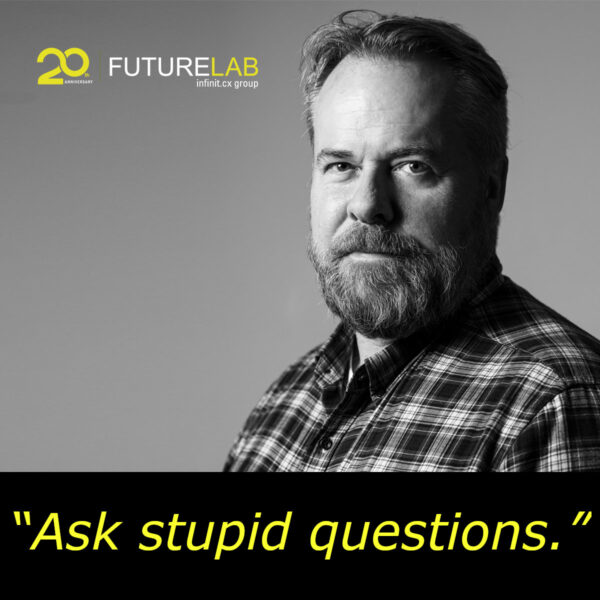I thought I would share a typology of common issues that I think plague the “opportunity discovery, selection and targeting” first phase of innovation, which I am most interested in and which am trying to add system and process to bring new level of precision to a difficult area.
Building on the terminology and process definition of David Teece on Dynamic Capabilities, and our own perspectives from working at this end of the innovation process (or rather the beginning), I’ve categorised these issues according to four pre-development capabilities that innovators can develop to lead to better downstream outcomes, namely:
– Sense Opportunity
– Identify Opportunity
– Interpret or Shape Opportunity
– Seize Opportunity
I use this graphic and terminology to categorise the issues:
and here are short definitions / descriptions of each issue:
SCOPE – The scope of search for opportunities is not broad enough and may be limited to the firm’s core market, defined by what the firm already knows, to its closest compethttp://www.flickr.com/photos/freefoto/2195201178/itors, to flawed voice of the customer inputs or to limited product definitions
FRAMEWORK – There is lack of a guiding analytical structure or framework to define search and interpretation of market and technological opportunities
PROCESS – Processes do not exist, are too unwieldy and do not surface key opportunities fast enough
FILTER – The organisation’s strategy does not provide the necessary filter to guide search and selection of opportunities
INPUTS – Wrong inputs are captured or are captured in a variety of different formats meaning that opportunities cannot be calibrated effectively, particularly so with customer needs
EVIDENCE – There is a lack of evidence available to quantify and prioritise needs and inputs
CUSTOMER-FOCUS – A lack of selectivity or consideration to know when or when not to rely on user- or customer-driven inputs
EXTERNAL INPUTS – Inability to find or draw on external technologies or ideas fast enough ahead of the competition
SPEED – Management is not informed quickly enough of new opportunities
NUANCE – Information is not combined and filtered appropriately to those who need to make sense of and act upon it so that the important nuances of opportunity are lost in repeated translation from one location, division or function to another
RISK-ORIENTATION – An imbalance in the relative influence of visionaries and champions of change on the one hand and detractors or conservative-minded individuals on the other
BOUNDARY-SETTING – Inappropriate setting of enterprise boundaries, whether and how to
Image by: freefotouk
Original Post: http://chrislawer.blogs.com/chris_lawer/2011/09/common-problems-along-the-innovation-path-from-opportunity-identification-to-development.html




